Learn about brain health and nootropics to boost brain function
Brain rhythms: Key to understanding emergent thought
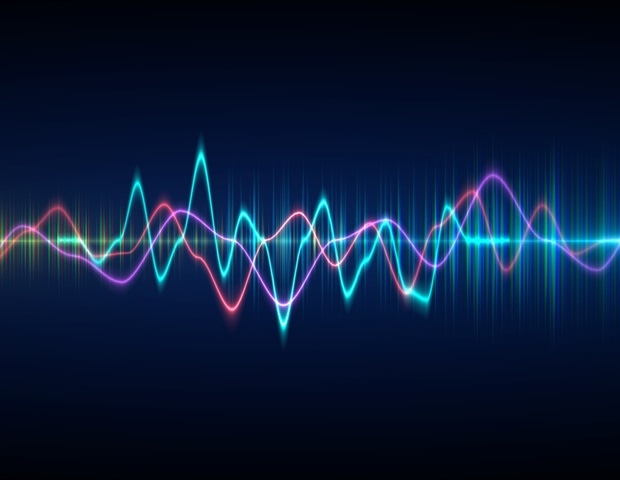
Thought emerges and is controlled in the brain via the rhythmically and spatially coordinated activity of millions of neurons, scientists argue in a new article. Understanding cognition and its disorders requires studying it at that level. It could be very informative to observe the…
Training of brain processes makes reading more efficient

The lexical categorization process and its implementation in the left-ventral occipito-temporal cortex. Credit: npj Science of Learning (2024). DOI: 10.1038/s41539-024-00237-7 A team of researchers from the University of Cologne and the University of Würzburg have found in training studies that the distinction between known…
Human brains and fruit fly brains are built similarly—researchers are studying the differences
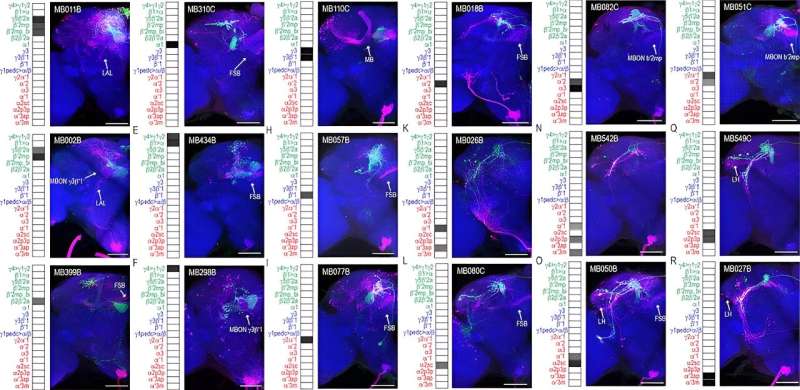
This figure shows connections between different mushroom body neurons. Credit: Scaplen et al. 2021/eLife , CC BY The human brain contains approximately 87 billion neurons . On average, each of these cells make thousands of different connections to facilitate communication across the brain. Neural…
Boosting the brain’s control of prosthetic devices by tapping the cerebellum
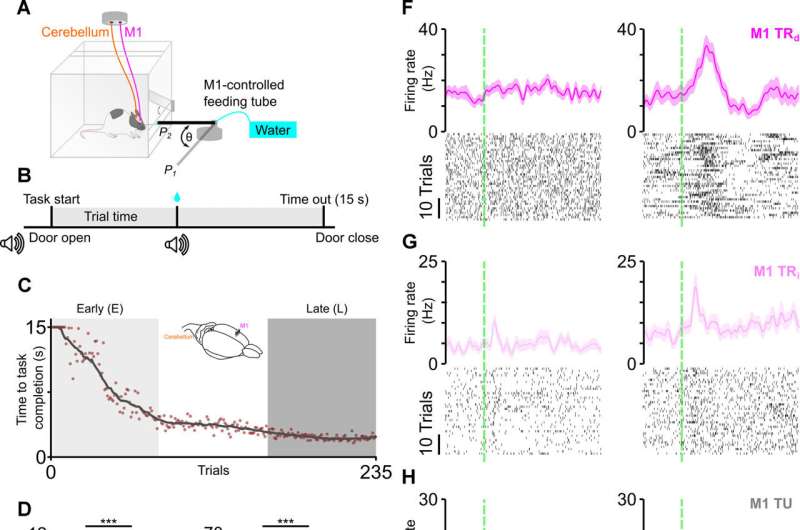
Direct and indirect modulation of M1 and cerebellar activity with neuroprosthetic learning. Credit: Science Advances (2024). DOI: 10.1126/sciadv.adm8246 Neuroprosthetics, a technology that allows the brain to control external devices such as robotic limbs, is beginning to emerge as a viable option for patients disabled…
Neuroscience Study Taps Into Brain Network Patterns to Understand Deep Focus, Attention

A team of Georgia Tech researchers is the first to study the relationship between fluctuations in attention and the brain network patterns within low-frequency 20-second cycles. Photo credit: Paul Skorupskas, unsplash.com From completing puzzles and playing music, to reading and exercising, growing up Dolly…
Neuroscience study taps into brain network patterns to understand deep focus, attention
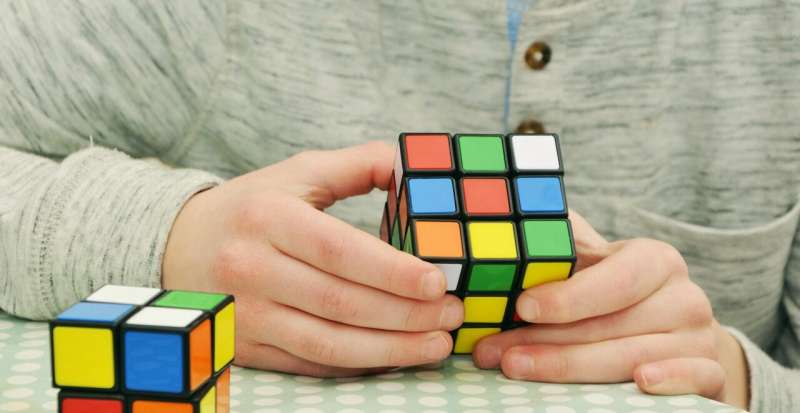
Credit: Pixabay/CC0 Public Domain From completing puzzles and playing music, to reading and exercising, growing up Dolly Seeburger loved activities that demanded her full attention. “It was in those times that I felt most content, like I was in the zone,” she remembers. “Hours…
Dartmouth-led research identifies unique brain areas for emotion regulation
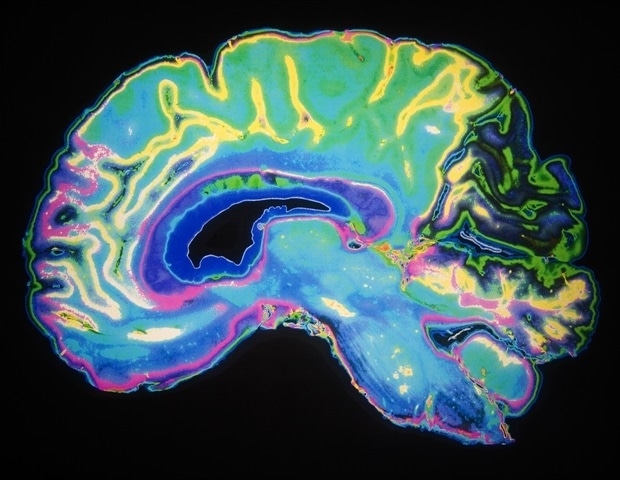
Ever want to scream during a particularly bad day, but then manage not to? Thank the human brain and how it regulates emotions, which can be critical for navigating everyday life. As we perceive events unfolding around us, the ability to be flexible and…
Unveiling the brain mechanism behind memory consolidation in sleep
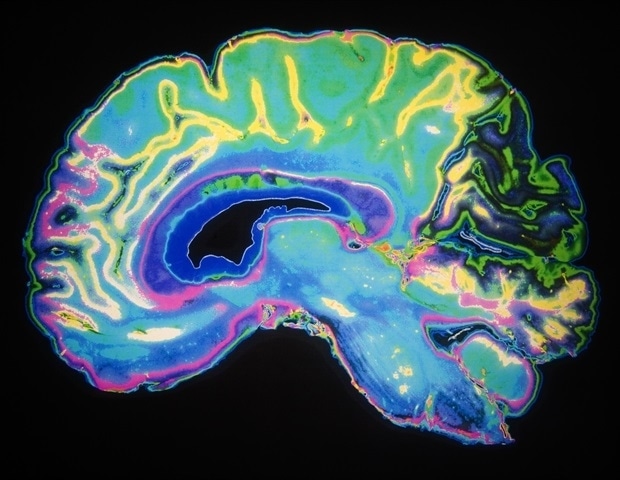
Neuroscientists have established in recent decades the idea that some of each day’s experiences are converted by the brain into permanent memories during sleep the same night. Now, a new study proposes a mechanism that determines which memories are tagged as important enough to…
Research provides insight into how the brain translates motivation into goal-oriented behavior

Hunger can drive a motivational state that leads an animal to a successful pursuit of a goal -; foraging for and finding food. In a highly novel study published in Current Biology , researchers at the University of Alabama at Birmingham and the National…
AI Reveals Brain Oscillations for Memory and Disease
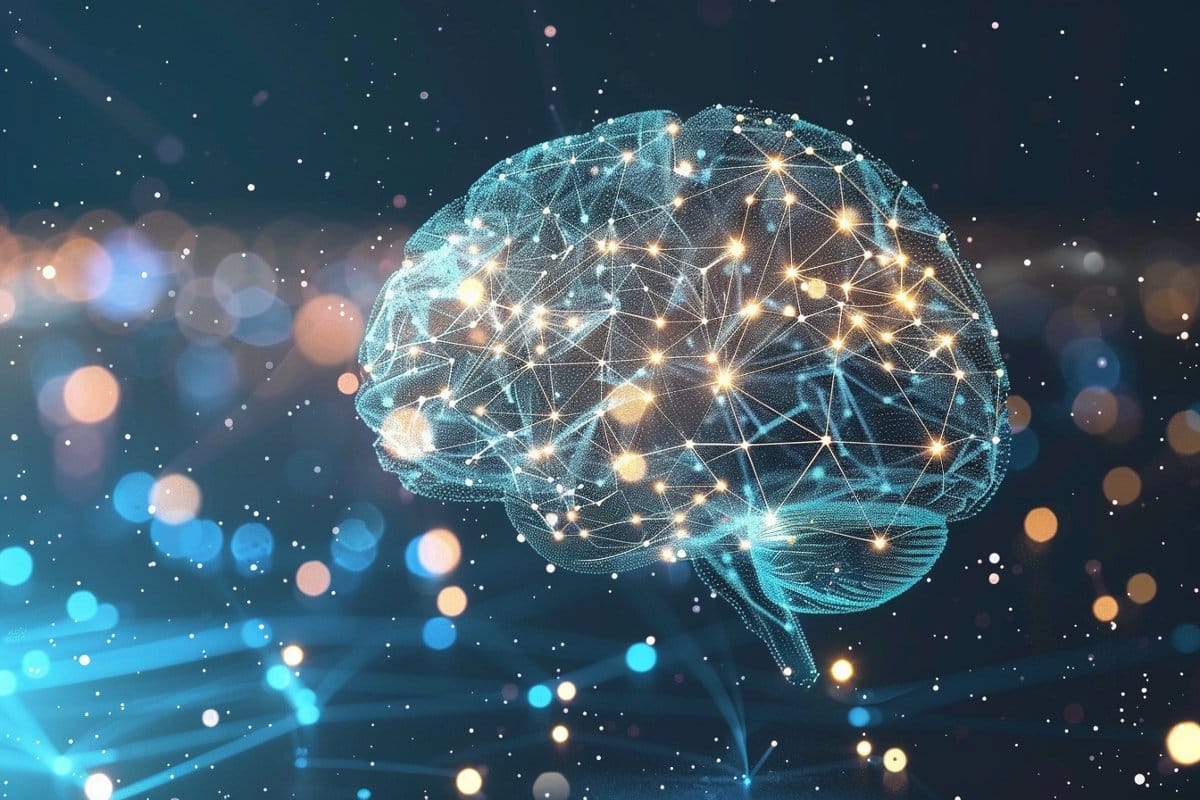
Summary: A recent study showcases a significant leap in the study of brain oscillations, particularly ripples, which are crucial for memory organization and are affected in disorders like epilepsy and Alzheimer’s. Researchers have developed a toolbox of AI models trained on rodent EEG data…
Brain Waves at Night: The Key to Preventing Alzheimer’s and Parkinson’s?
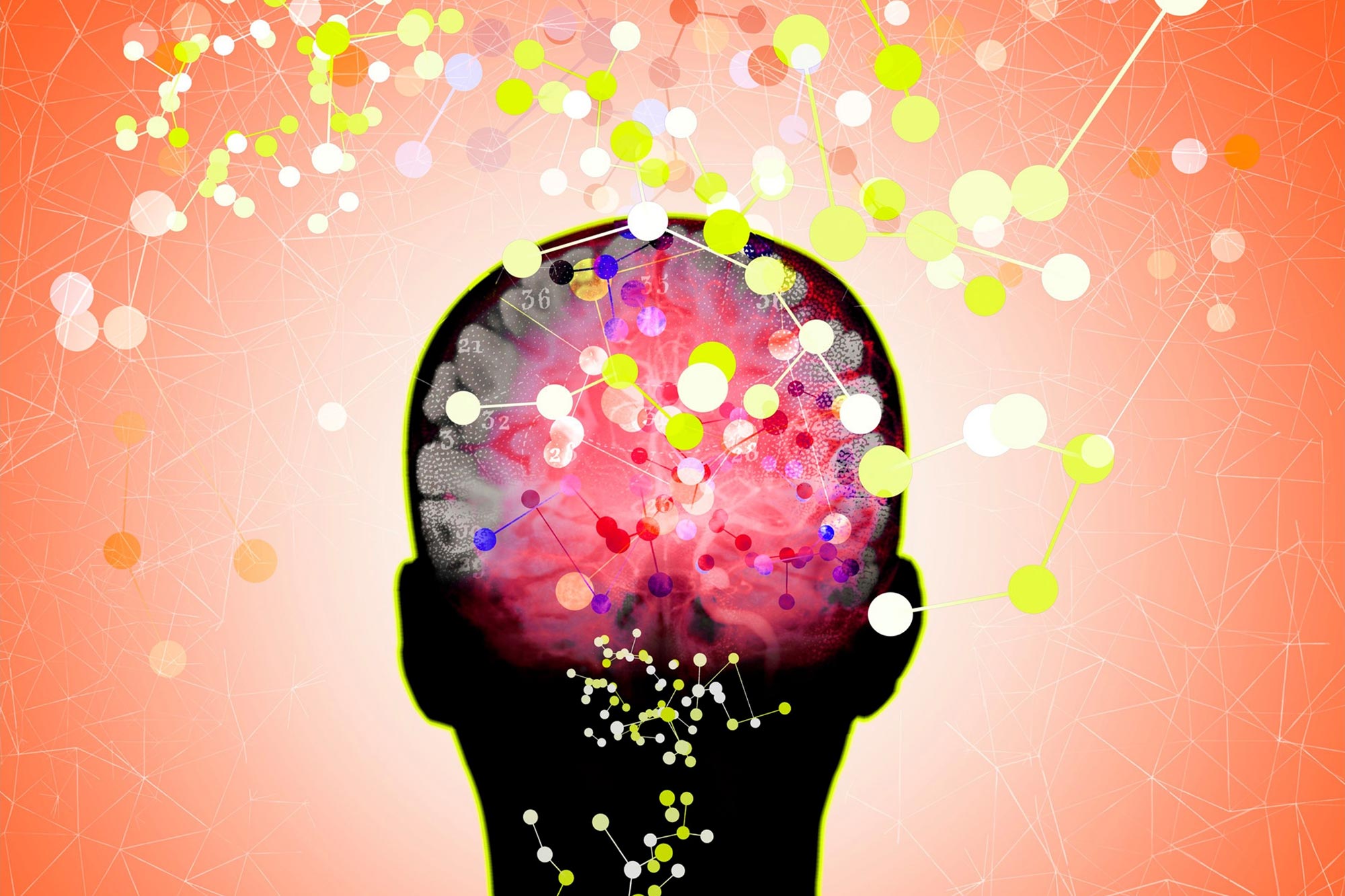
Scientists have discovered that the brain’s activity during sleep, particularly the generation of rhythmic brain waves, is crucial for flushing out waste. This process could offer new strategies for preventing neurodegenerative diseases and improving sleep efficiency, potentially reducing the necessity for long sleep durations….
Debunking the 10% Brain Myth
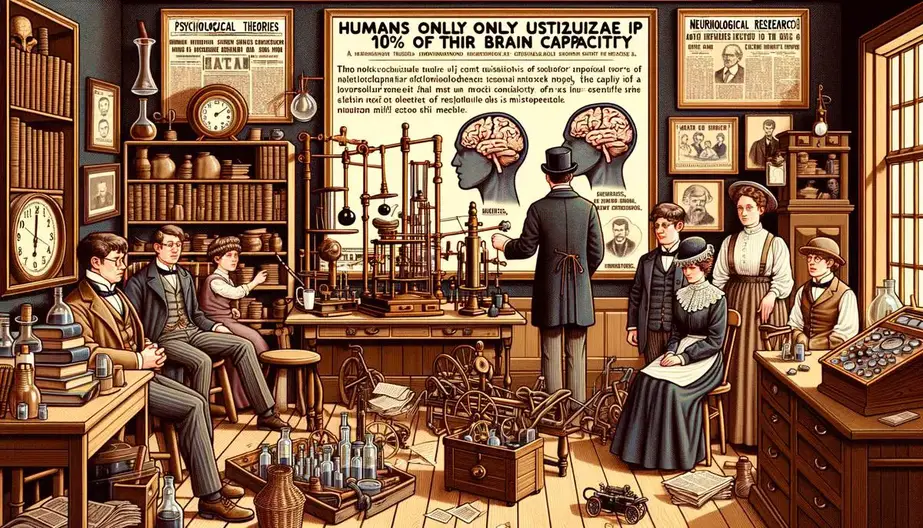
Many people believe that we only use 10% of our brains, but this idea isn’t supported by science. This article will explore where this myth came from, why it’s so appealing, and what the truth really is about our brain’s capabilities. Despite being disproven…
Revolutionary brain stimulation technique shows promise for treating brain disorders
The human brain’s adaptability to internal and external changes, known as neural plasticity, forms the foundation for understanding cognitive functions like memory and learning, as well as various neurological disorders. New research conducted by a team led by Dr. PARK Joo Min of the…
Scientists uncover brain mechanisms for social memory recall in mice

The human brain has the extraordinary ability to rapidly discern a stranger from someone familiar, even as it can simultaneously remember details about someone across decades of encounters. Now, in mouse studies, scientists at Columbia’s Zuckerman Institute have revealed how the brain elegantly performs…
Bio-inspired neuroprosthetics: Sending signals the brain can understand
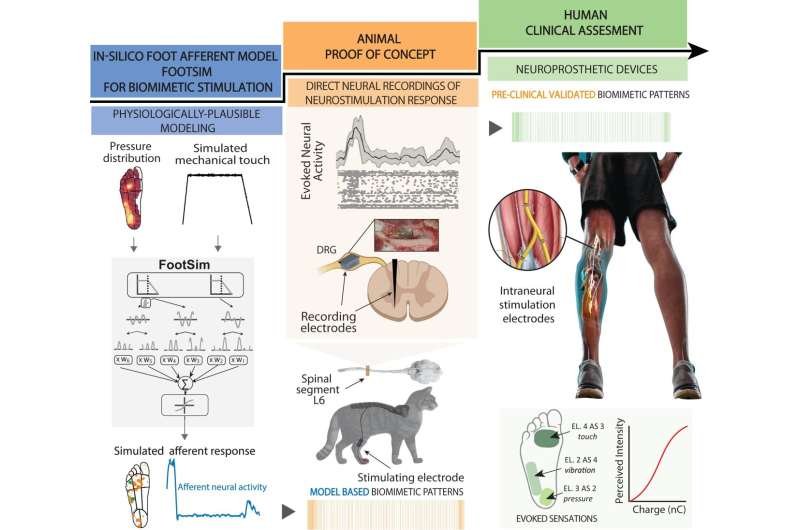
Neuroscience-driven development of a biomimetic neuroprosthetic device. The successful development of a somatosensory neuroprosthesis is based on three main pillars: (1) In-silico models of the biological sensory processing have to be exploited for emulating the natural neural activation of the nervous system to external…
Study suggests how brain waves are part of memory

Representative image. Image Credit: ANI Spatial navigation and memory are essential components of our daily lives. Without these talents, we would struggle to navigate our surroundings and remember previous experiences. However, the neural foundation of spatial memory remains poorly known. A study group directed…
How the “Little Brain” Fuels Motivation and Addiction
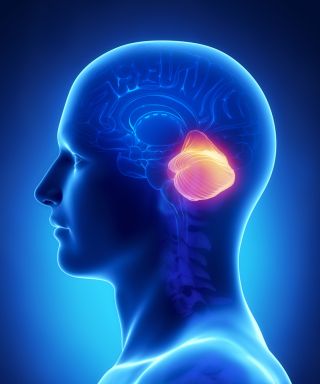
Key points First-of-its-kind research shows how the cerebellum modulates dopamine release within the basal ganglia. Motivation and addiction are both fueled by dopamine activation in the basal ganglia’s substantia nigra. Too little dopamine causes Parkinson’s disease. Stimulating the cerebellum may be a new treatment…
Study finds brain mechanism that may explain how physical exercise improves mood
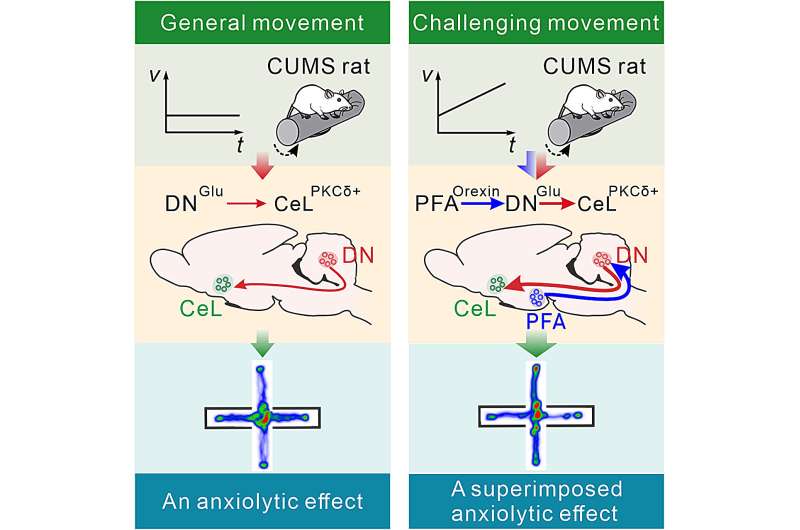
by Nanjing University School of Life Sciences Challenging movement can improve anxiety more effectively by recruiting the hypothalamic-cerebellar orexinergic circuit which more strongly activates the cerebello-amygdalar glutamatergic monosynaptic projections. Credit: Neuron (2024). DOI: 10.1016/j.neuron.2024.01.007 “Only exercise can remove all kinds of doubts,” Goethe said….
New Tech Could Record Deep-Brain Activity From Surface
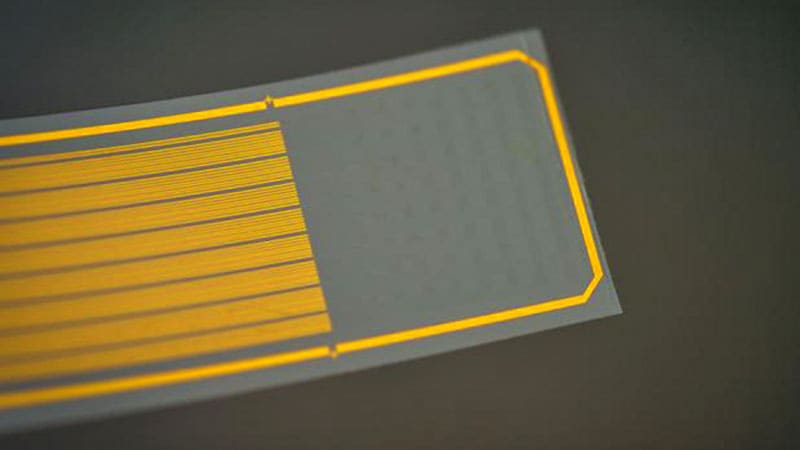
0 Modern technology for recording deep-brain activity involves sharp metal electrodes that penetrate the tissue, causing damage that can compromise the signal and limiting how often they can be used. A rapidly growing area in materials science and engineering is to fix the problem…
You must remember this: VT discovery may lead to keeping good memories, removing bad ones
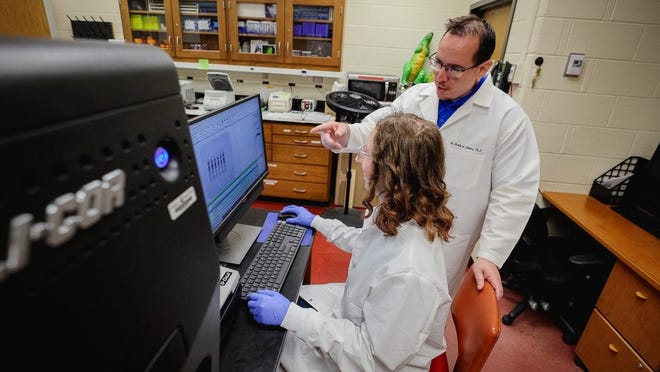
A protein in the brain may pave the way for targeted therapeutic interventions to enhance memory or alleviate negative memories. Virginia Tech researchers discovered a new function for a common protein in the brain — a development that sheds new light on the mysteries…